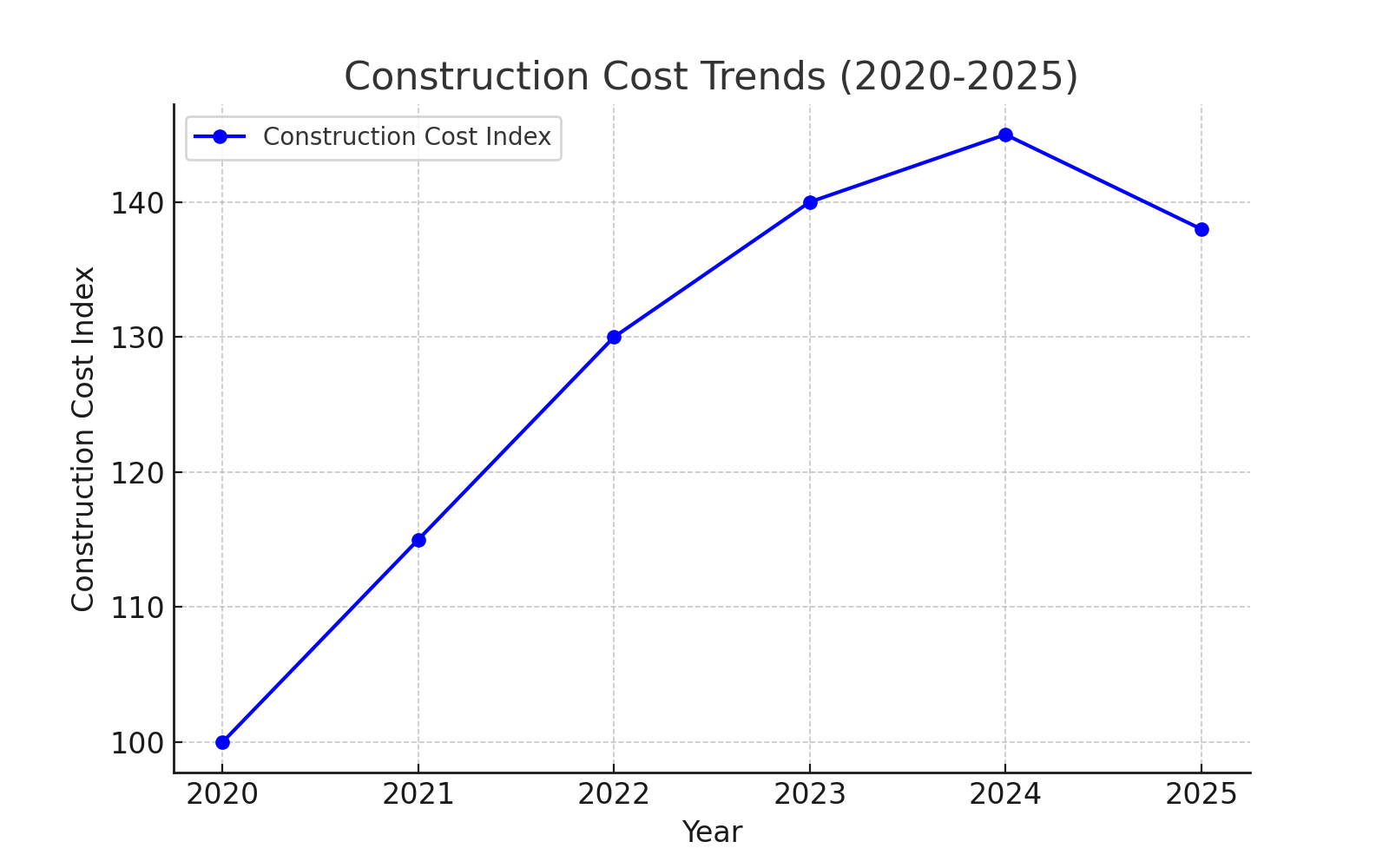Will Constrcution Cost Go Down In 2025

Introduction
So, the big question on everyone’s mind is: Will Constrcution Cost Go Down In 2025. If you’re planning a construction project, whether it’s a home, an office building, or an infrastructure project, you’ve probably noticed that costs have been skyrocketing. Prices for materials are high, labor is scarce, and delays have become the norm.
The answer isn’t straightforward. Many factors influence construction costs, including material prices, supply chain issues, interest rates, labor shortages, and government policies. In this article, we’ll break it all down and explore what 2025 might hold for the construction industry.
Key Factors Affecting: Will Constrcution Cost Go Down In 2025
1. Material Costs: Will Constrcution Cost Go Down In 2025
One of the main reasons construction costs have been rising is the increase in material prices. Items like lumber, steel, concrete, and insulation have all seen price hikes over the past few years.
What Could Make Material Costs Drop?
- Supply Chain Improvements – The disruptions caused by the pandemic have started to ease, which could lead to more stable material prices.
- Lower Fuel Costs – Transporting materials is expensive, but if fuel prices drop, material costs may follow.
- Increased Domestic Production – If more materials are produced locally rather than imported, prices could stabilize.
What Could Keep Prices High?
- Tariffs and Trade Policies – Import taxes on materials can keep prices high.
- Government Infrastructure Spending – With ongoing investment in public infrastructure, demand for materials remains high, keeping prices elevated.
- Inflationary Pressures – Even if supply chain issues improve, global inflation can still push material costs up.
Bottom Line: Expect some price stabilization, but don’t count on major drops.
More related article visit site
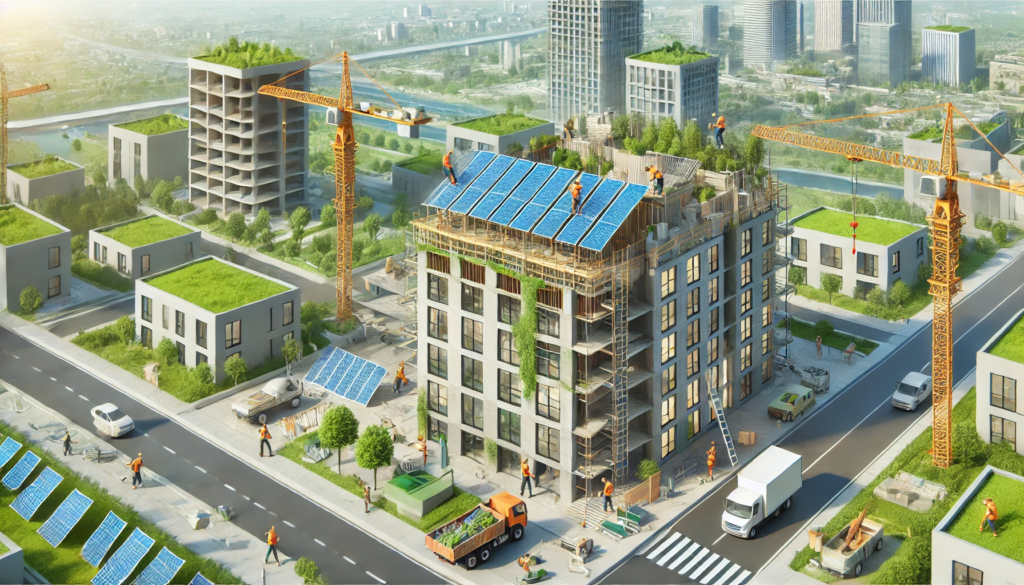
2. Labor Costs: Will Constrcution Cost Go Down In 2025
A skilled labor shortage has been driving up construction costs. Many contractors struggle to find qualified workers, which increases wages.
Why Is There a Labor Shortage?
- Retirements – Many skilled tradespeople are retiring, with fewer young workers replacing them.
- Lack of Interest in Trades – More young people are encouraged to attend college rather than pursue skilled trades.
- Immigration Policies – Many construction jobs have historically been filled by immigrants, and strict immigration policies can limit the workforce.
- Pandemic Aftermath – Many workers left the industry during the pandemic and haven’t returned.
Will Anything Change in 2025?
- More Training Programs – Some governments and private organizations are investing in vocational training.
- Automation & AI – Technologies like robotic bricklaying and AI-driven machinery are being adopted.
- Potential Economic Slowdown – If other industries slow down, more workers might enter construction.
Bottom Line: Labor costs will likely stay high, but wage growth might slow down.e wages. and could slow, easing demand for materials and labor.s.
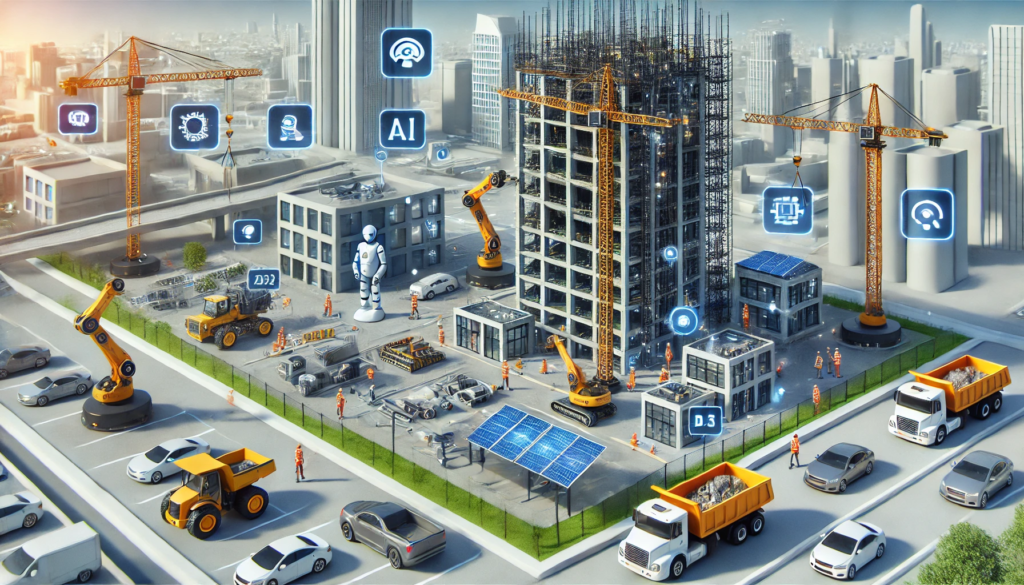
3. Housing Market: Will Constrcution Cost Go Down In 2025
The housing market significantly affects construction costs. If fewer homes are built, demand for materials and labor could decrease, stabilizing prices.
Factors That Could Slow Housing Construction:
- High Mortgage Rates – Expensive financing discourages home buying and new construction.
- Unaffordable Home Prices – If fewer people can afford homes, developers might scale back projects.
- Rising Property Taxes – Higher taxes on land and buildings can discourage development.
Factors That Could Keep Construction Booming:
- Government Housing Incentives – Some regions are offering tax breaks for affordable housing development.
- Suburban Growth Trends – Many people are moving to suburban areas, increasing demand for new housing.
- Increase in Multi-Family Housing – Developers may focus on apartments and condos instead of single-family homes.
Bottom Line: If mortgage rates stay high, housing construction could slow, easing demand for materials and labor.e.
4. Inflation, Interest Rates, and the Economy
Inflation has been a huge factor in rising construction costs. Higher wages, expensive fuel, and increased material costs have all made it more expensive to build.
So what happens in 2025?
- If Inflation Slows Down → Prices might stabilize, and financing construction projects could get cheaper.
- If Interest Rates Stay High → Borrowing money for projects stays expensive, which could slow down construction.
The Federal Reserve plays a big role here. If they start lowering rates, we could see a positive shift in construction costs.
Bottom Line: Inflation is trending downward, so we might see some relief. But if interest rates stay high, costs won’t drop much.
5. Government Policies & Regulations
Government policies play a major role in construction costs.
Policies That Could Lower Costs:
- Tax Incentives for Builders – Encouraging more construction can reduce costs.
- Reduced Tariffs – Lower import taxes on materials can bring prices down.
- Streamlining Permits – Faster approval processes can lower costs by reducing delays.
Policies That Could Keep Costs High:
- Environmental Regulations – Stricter sustainability rules may add expenses.
- Higher Safety & Wage Standards – Good for workers but increases costs for builders.
- Zoning Laws – Restrictions on land use can limit affordable development.
Bottom Line: Some policies may help, but others could keep costs high.
6. The Role of Technology in Construction Costs
Technology is rapidly changing the construction industry. While initial investments in tech can be high, they often lead to long-term savings.
How Technology Can Reduce Costs:
- Modular and Prefabricated Construction – Reduces waste and speeds up project timelines.
- AI and Robotics – Improves efficiency and reduces labor costs.
- Drones and 3D Printing – Helps with site surveys, safety, and even building components.
- Digital Twins & BIM (Building Information Modeling) – Reduces errors and enhances project efficiency.
Bottom Line: Companies that adopt technology may see lower costs, while those that don’t may struggle with rising expenses.
Expert Predictions: Will Constrcution Cost Go Down In 2025
Experts are divided:
- Optimistic: If supply chains recover, material prices stabilize, and demand drops, costs may fall.
- Pessimistic: Labor shortages, regulations, and inflation could keep costs high.
- Neutral: A mix of factors may lead to stable rather than lower costs.
Industry experts from JLL and Deloitte suggest that while costs may not drop significantly, technology and strategic planning could limit increases.
Watch video to know will construction cost go down in 2025
Historical Trends
Historically, construction costs rise due to inflation and demand. However, economic downturns have led to temporary cost reductions.
Updated Construction Cost Trends Graph (2020-2025)
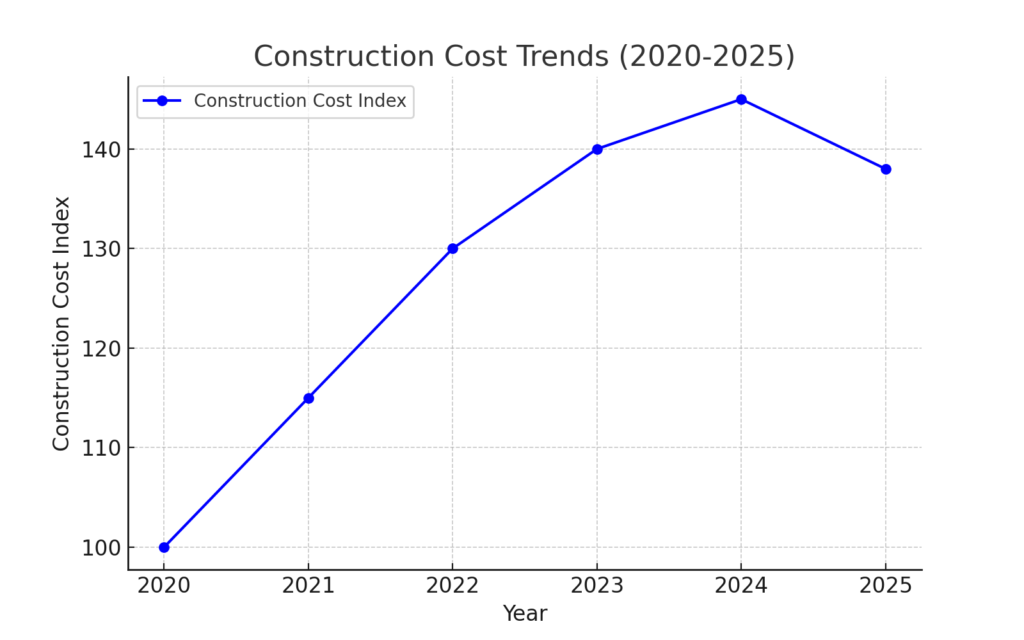
Strategies to Bring: Will Constrcution Cost Go Down In 2025
Even if costs stay high, these strategies can help:
- Use Alternative Materials: Choose sustainable, cost-effective options.
- Leverage Technology: AI and automation improve efficiency.
- Plan Smartly: Better project management reduces waste.
- Negotiate with Suppliers: Bulk buying and contracts secure lower prices.
- Adopt Modular Construction: Prefabricated building components can reduce both time and costs.
- Optimize Design: Value engineering helps minimize unnecessary expenses.
- Energy Efficiency Measures: Sustainable designs may qualify for tax benefits and long-term savings.
Additional Considerations for Will Constrcution Cost Go Down In 2025
- Digital Construction Management: Cloud-based platforms optimize scheduling and material tracking.
- Government Incentives for Green Building: Grants and subsidies can reduce costs.
- Advanced Supply Chain Management: Predictive analytics help anticipate price fluctuations.
- Public-Private Partnerships: Collaborations can lead to cost-effective infrastructure projects.
- Recycling & Reuse of Materials: Using recycled concrete and steel lowers expenses.
- Training and Workforce Development: Skilled labor improves productivity and reduces costs.
- New Financing Models: Crowdfunding and REITs provide alternative funding.
- Local Sourcing: Reducing logistics costs by using local suppliers.
- Streamlined Permitting Processes: Faster approvals help avoid delays and added expenses.
- Energy-Efficient Equipment: Using modern machinery reduces long-term operational costs.
- Collaboration with Industry Leaders: Sharing best practices can optimize efficiency.
- Flexible Design Approaches: Customizing construction techniques to project-specific requirements.
Future Trends in Construction
- Smart Buildings: IoT for efficiency and automation.
- 3D Printing: Faster, cost-effective building solutions.
- Carbon-Neutral Projects: Increased focus on sustainability.
- Drones for Site Management: Enhancing monitoring and efficiency.
- BIM (Building Information Modeling): Optimizing project planning.
- Autonomous Equipment: AI-driven machinery for better productivity.
- AI-Powered Risk Assessment: Identifying cost-saving opportunities in advance.
- Self-Healing Materials: Advanced materials that improve durability and reduce maintenance costs.
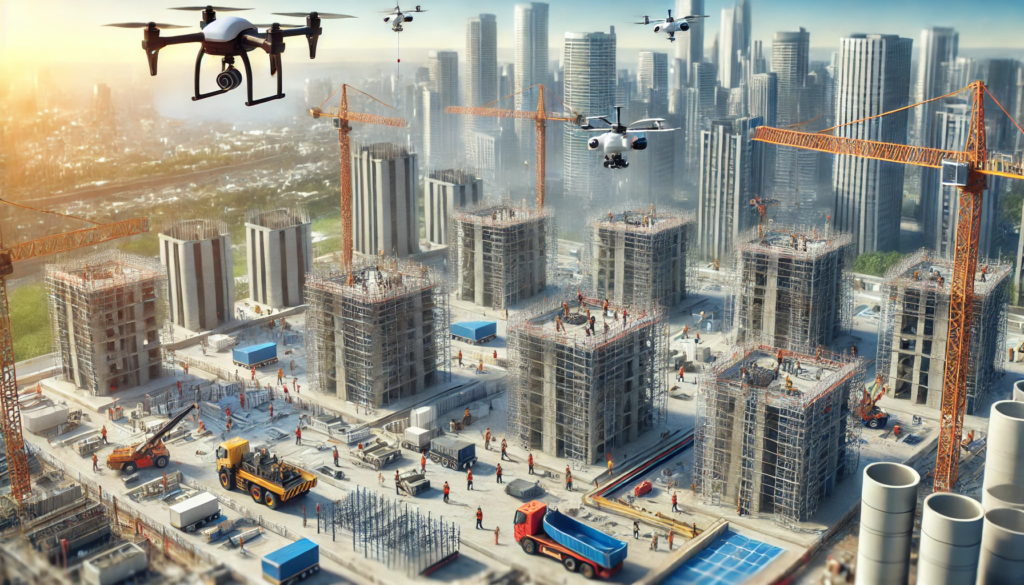
Final Verdict: Will Construction Cost Go Down in 2025
So, will we see a big drop in construction costs next year? Probably not, but there’s hope for stabilization.
- Material costs may level off, but won’t dramatically decrease.
- Labor shortages will keep wages high, but automation might help.
- The housing market may slow down if interest rates stay high, reducing demand for materials and labor.
- Inflation is trending downward, which could offer slight relief.
- Government policies and regulations will continue to impact costs.
For contractors, developers, and homeowners, 2025 will likely be a year of stabilization rather than dramatic cost reductions. Staying informed, adopting cost-saving strategies, and embracing new technologies will be key to managing expenses.
FAQs
1. Will construction cost go down in 2025
Possibly, but only slightly. Supply chain improvements and lower fuel costs may help stabilize prices, but demand and trade policies could keep them high.
2. Will labor costs go down in 2025?
Unlikely. The labor shortage remains a major issue, though automation and training programs might slow the rate of wage increases.
3. How will interest rates affect construction in 2025?
If interest rates stay high, borrowing for projects will remain expensive, possibly slowing construction demand.
4. What government policies could help lower construction costs?
Tax incentives for builders and reduced tariffs on materials could help, but environmental and labor regulations might offset these benefits.
5. What’s the best way to control construction costs in 2025?
Plan ahead, source materials wisely, invest in technology, and consider alternative construction methods like modular building.
